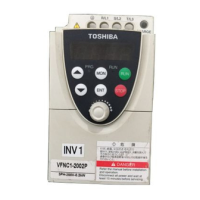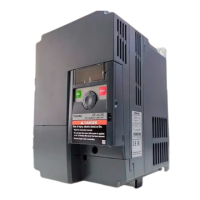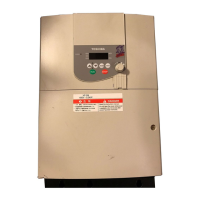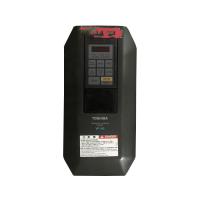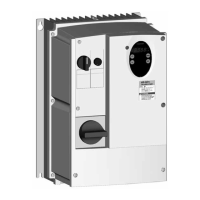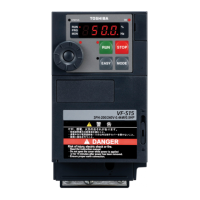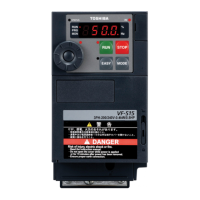E6581595
E-19
5
3) Increasing starting torque
Setting of V/F control mode selection to (automatic torque boost control)
Detects load current in all speed ranges and automatically adjusts voltage output (torque boost) from inverter.
This gives steady torque for stable runs.
:Automatically
adjusts the
amountof torque
boost.
Output voltage(%)
Base frequency
voltage
Output frequency
(Hz
Base frequency
0
Note: This control system can oscillate and destabilize runs depending on the load. In this case, set
V/F mode selection = (V/F constant) and increase manual torque boost .
Motor constant must be set
If the motor you are using is a 4P Toshiba standard motor and if it has the same capacity as the inverter, there is
basically no need to set the motor constant. In any other case, set the following parameters according to the
motor's name plate.
(Base frequency 1), (Base frequency voltage 1), (Motor rated capacity), (Motor
rated current), (Motor rated speed)
There are three procedures for setting the other motor constants.
1) Auto torque boost and a motor constant (auto-tuning) can be set at once.
To do so, set the basic parameter to . ⇒ Refer to section 5.4-1) for details.
2) The motor constant can be automatically set (auto-tuning).
Set the extended parameter to . ⇒ Refer to section 6.14 selection 2 for details.
3) Each motor constant can be set individually. ⇒ Refer to section 6.14 selection 3 for details.
4) Vector control - increasing starting torque and achieving high-precision operation.
Setting of V/F control mode selection to 3 (Vector control)
Using sensor-less vector control will provide the highest torque at the low speed ranges.
(1) Provides large starting torque.
(2) Effective when stable operation is required to move smoothly up from the low speeds.
(3) Effective in elimination of load fluctuations caused by motor slippage.

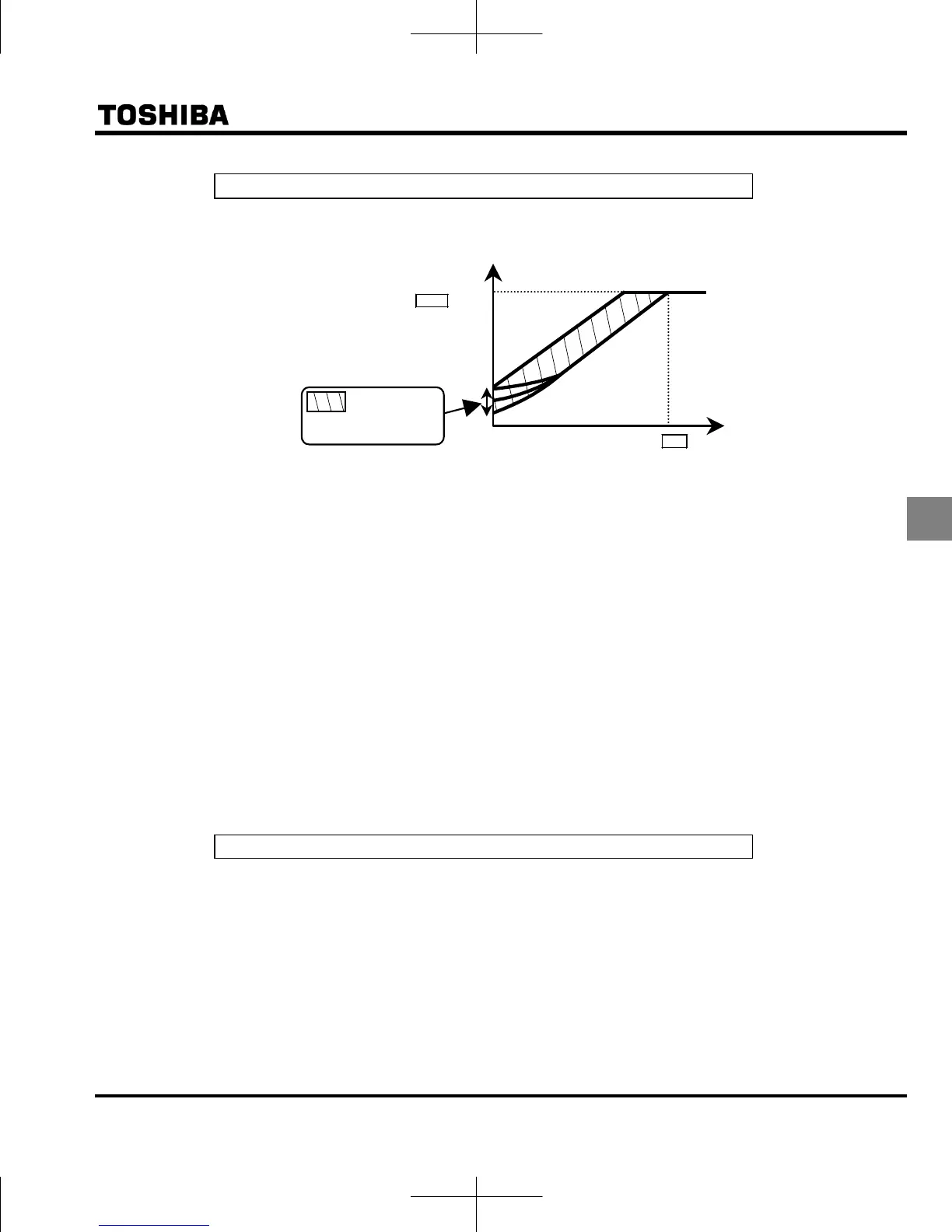